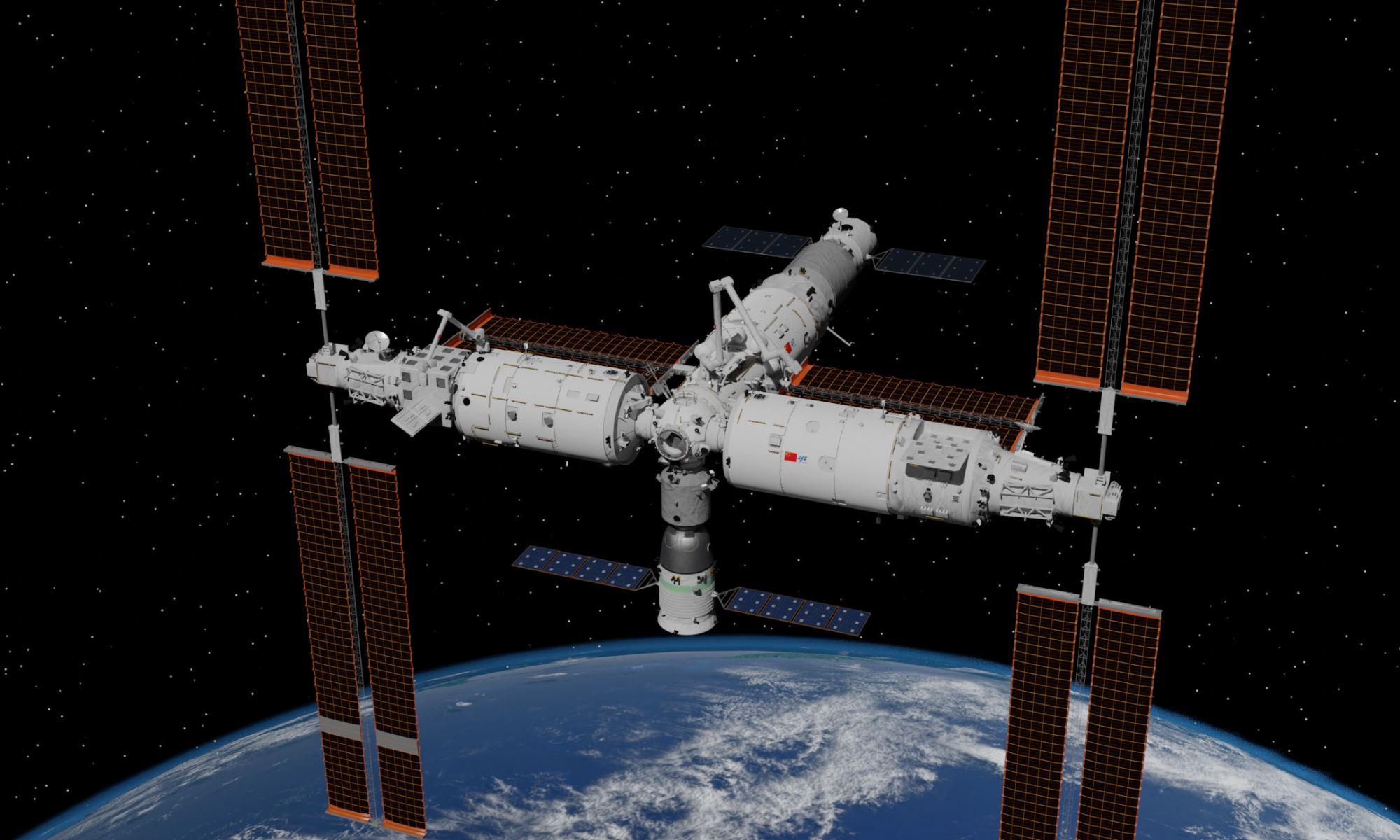The International Space Station (ISS) will be retired in 2030 after more than thirty-two years of continuous service. Naturally, there are questions regarding what will replace this station, which has served as a bastion for vital research and inter-agency cooperation in space. In the past, China has indicated that their Tiangong (“heavenly palace”) space station will be a successor and rival to the ISS, offering astronauts from other nations an alternative platform to conduct research in Low Earth Orbit (LEO). As part of this plan, China recently announced plans to double the size of Tiangong in the coming years.
Continue reading “China is Planning to Double the Size of its Space Station”NASA Satellite Spots the Crash Site for Luna 25
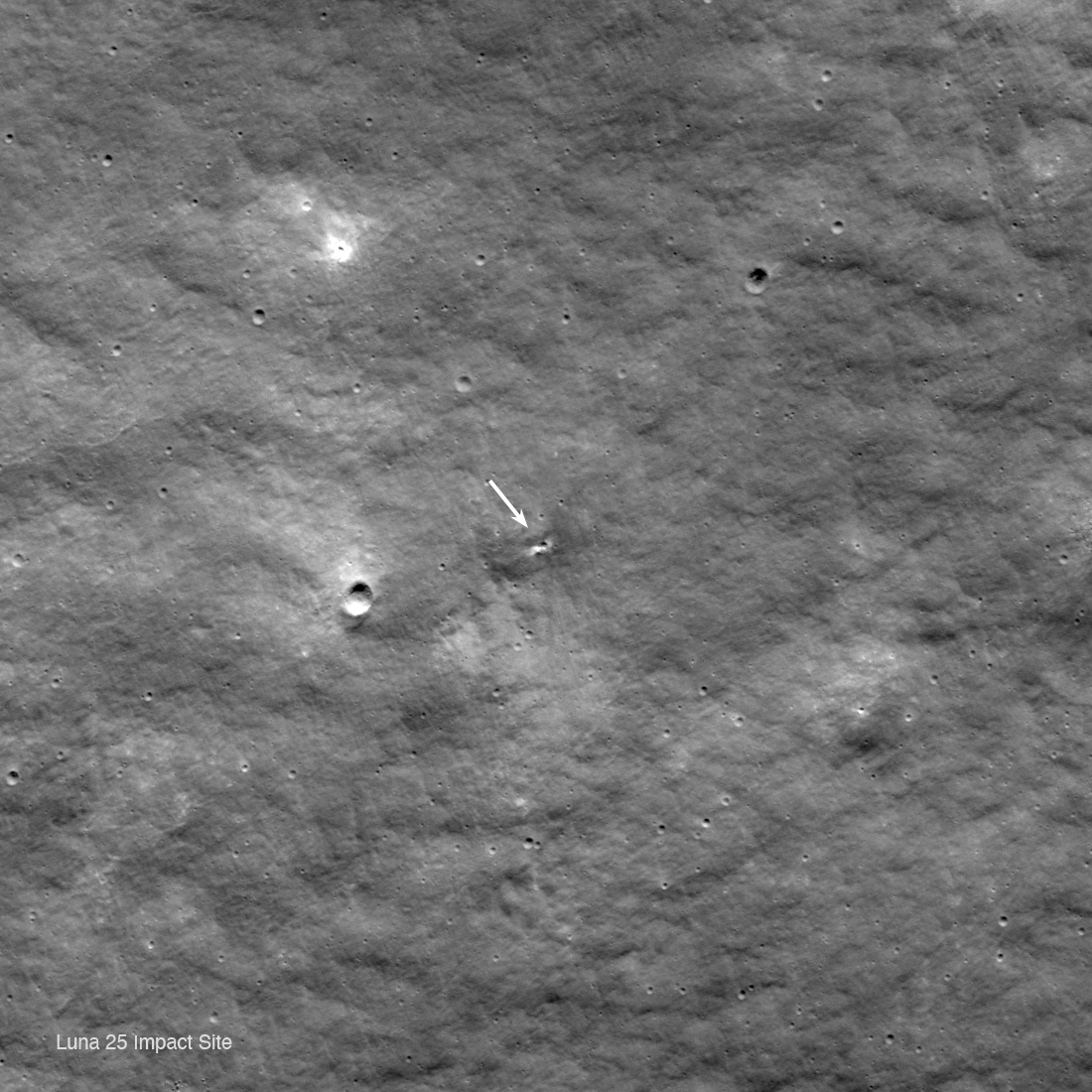
Poor Russia. They can’t seem to get much right. Their most recent failure is their Luna 25 spacecraft. It was supposed to land near the Moon’s south pole but instead crashed into the surface on August 19th.
Now NASA’s Lunar Reconnaissance Orbiter (LRO) has spotted Luna 25’s final resting place.
Continue reading “NASA Satellite Spots the Crash Site for Luna 25”Crew-7 Reaches the International Space Station

SpaceX Crew-7, the next group of four astronauts, are now on board the International Space Station, and this diverse crew is definitely putting “International” in the ISS. The new crew hails from four different countries: the US, Denmark, Japan and Russia. There will be 11 people on board the station for a few days before the Crew-6 foursome head back to Earth.
NASA has at least 200 science experiments and technology demonstrations queued up for Crew-7[‘s six months space, many of which will help prepare for the upcoming Artemis missions.
Continue reading “Crew-7 Reaches the International Space Station”Russia's Luna 25 Lander Crashed Into the Moon
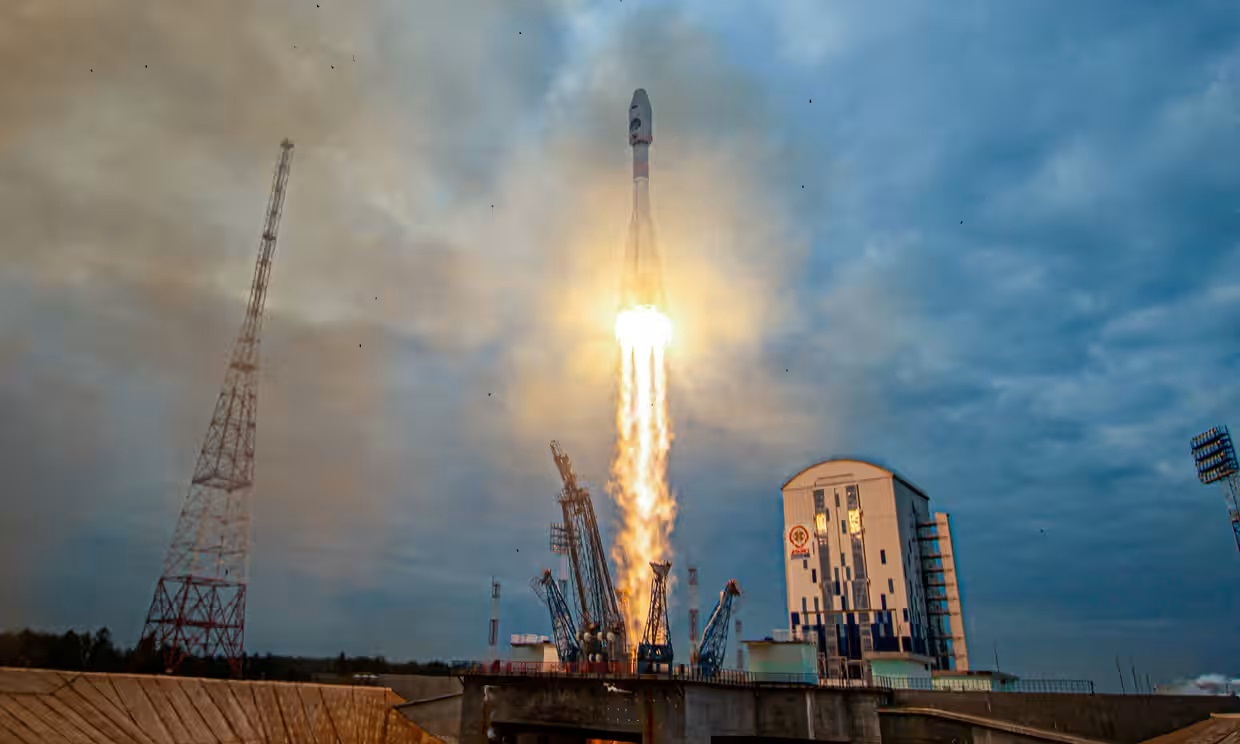
On August 10th, 2023, Roscosmos’ Luna-25 mission launched from the Vostochny Cosmodrome atop a Soyuz-2 rocket. This mission was the first lunar mission to launch from Russia since the 1970s and would be the first Russian lander to touch down in the South-Pole Aitken basin. This mission was part of Roscosmos’ partnership with China to develop an International Lunar Research Station (ILRS) in the region by 2030. Unfortunately, Russia announced on Saturday, August 19th, that the lander spun out of control and crashed into the surface.
Continue reading “Russia's Luna 25 Lander Crashed Into the Moon”Kazakhstan Seizes Russia's Launch Facility at Baikonur
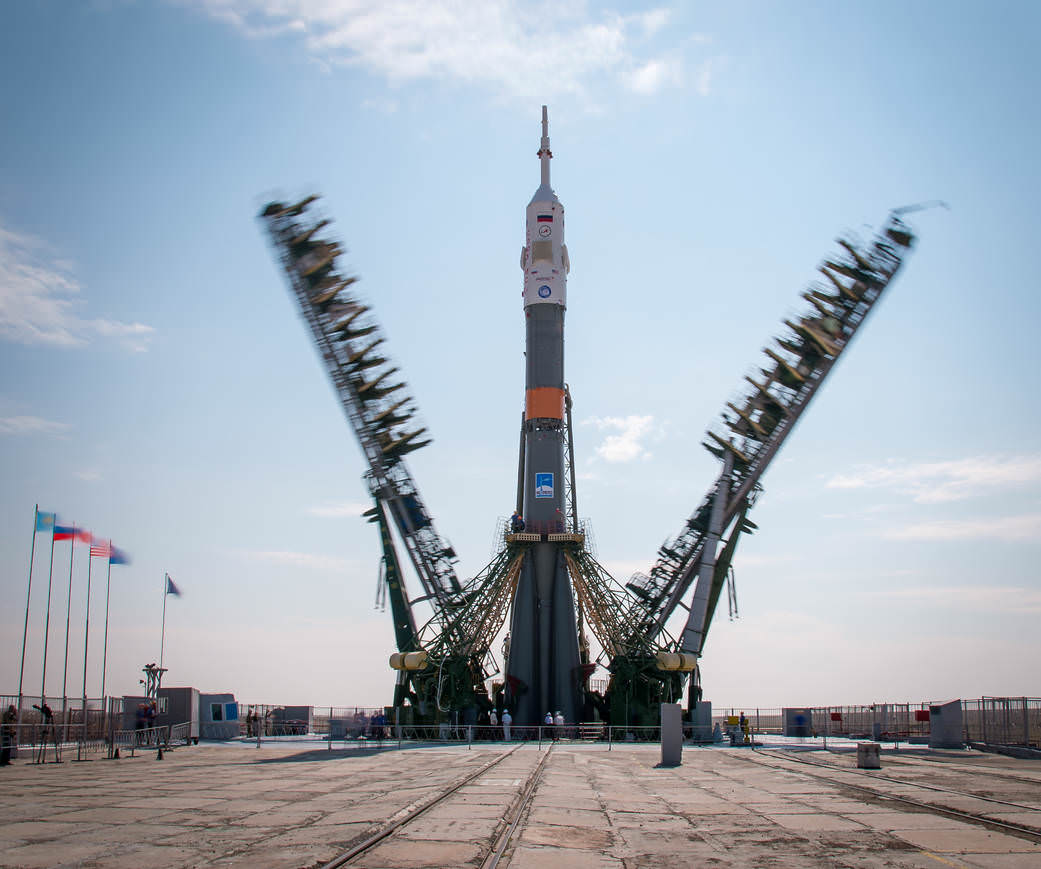
In February 2022, Russian military forces invaded Ukraine as part of what President Vladimir Putin described as a “limited military operation.” This operation quickly turned into a protracted war now in its second year. For Russia, the response from the international community has been anything but favorable, consisting of sanctions, embargoes, and the termination of programs. This has been especially true for Roscosmos, which has had several cooperative agreements canceled and terminated its participation in the International Space Station (ISS).
On March 7th, 2023, Kazakhstan seized control of the Biaterek launch complex at the Baikonur Cosmodrome – Russia’s main launch site since 1955. According to statements by KZ24 News and The Moscow Times, the Kakazh government has impounded Russian assets at the Center for Utilization of Ground-based Space Infrastructure (TsENKI), a subsidiary of Roscosmos. It is also preventing Russian officials from leaving the country or liquidating Roscosmos assets. This incident is another example of how Russia’s space program is suffering collateral damage from the war in Ukraine.
Continue reading “Kazakhstan Seizes Russia's Launch Facility at Baikonur”Another Russian Spacecraft is Leaking Coolant
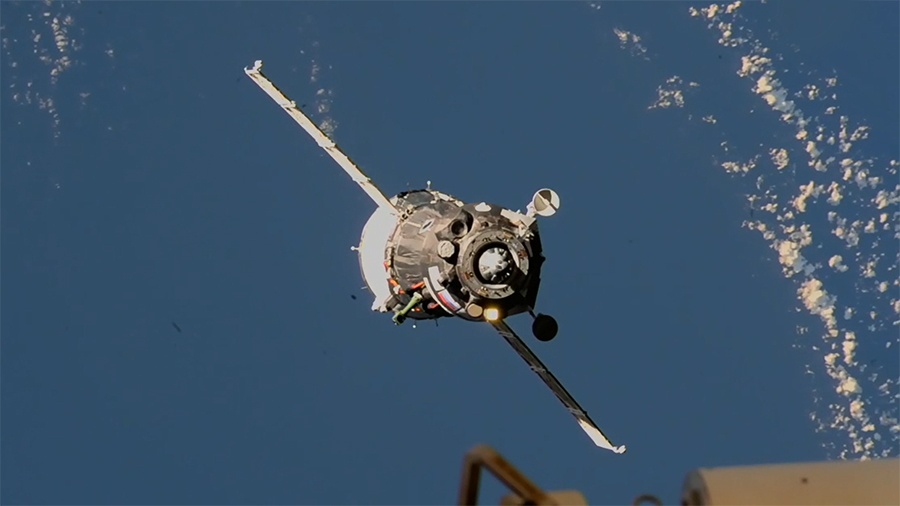
Roscosmos appears to be having some issues with a spacecraft again. In December, the Soyuz MS-22 spacecraft that delivered three crewmembers of Expedition 68 to the International Space Station (ISS) reported a leak in its coolant loop. On February 11th, engineers at the Russian Mission Control Center outside Moscow recorded a depressurization in Progress 82, an uncrewed cargo craft docked with the Poisk laboratory module. The cause of these leaks remains unknown, but Roscosmos engineers (with support from their NASA counterparts) will continue investigating.
Continue reading “Another Russian Spacecraft is Leaking Coolant”Were Phobos and Deimos Once a Single Martian Moon That Split up? Not Likely, says New Study

The origin of Phobos and Deimos, the two Martian moons, has been a mystery to astronomers. These two bodies are a fraction of the size and mass of the Moon, measuring just 22.7 km (14 mi) and 12.6 km (7.83 mi) in diameter. Both have a rapid orbital period, taking just 7 hours, 39 minutes, and 12 seconds (Phobos) and 30 hours, 18 minutes, and 43 seconds (Deimos) to complete an orbit around Mars. Both are also irregular in shape, leading many to speculate that they were once asteroids that got kicked out of the Main Belt and were captured by Mars’ gravity.
There’s also the theory that Phobos and Deimos were once a single moon hit by a massive object, causing it to split up (aka. the “splitting hypothesis”). In a recent paper, an international team of scientists led by the Institute of Space and Astronautical Science (ISAS) revisited this hypothesis. They determined that a single moon in a synchronous orbit would not have produced two satellites as we see there today. Instead, they argue, the two moons would have collided before long, producing a debris ring that would have created an entirely new moon system.
Continue reading “Were Phobos and Deimos Once a Single Martian Moon That Split up? Not Likely, says New Study”Russia Says They Plan to Leave International Space Station after 2024
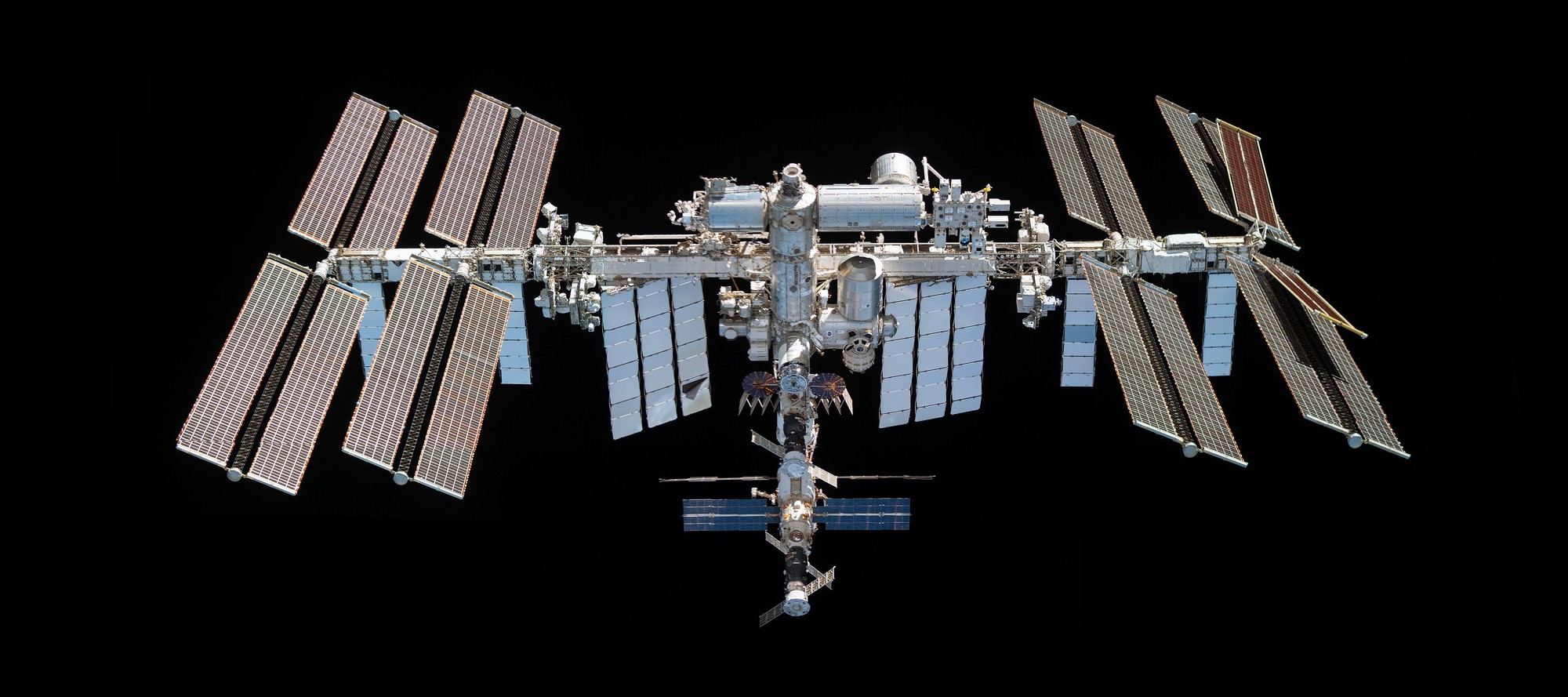
According to Russia’s news agency Tass, leaders at Roscosmos have decided to withdraw from the International Space Station (ISS) after 2024. The report said that by that time, “all obligations to partners will be fulfilled.” Additionally, Russia said they want to build their own space station.
Continue reading “Russia Says They Plan to Leave International Space Station after 2024”The ExoMars Rover is Ready, now it Just Needs a new Ride to Mars
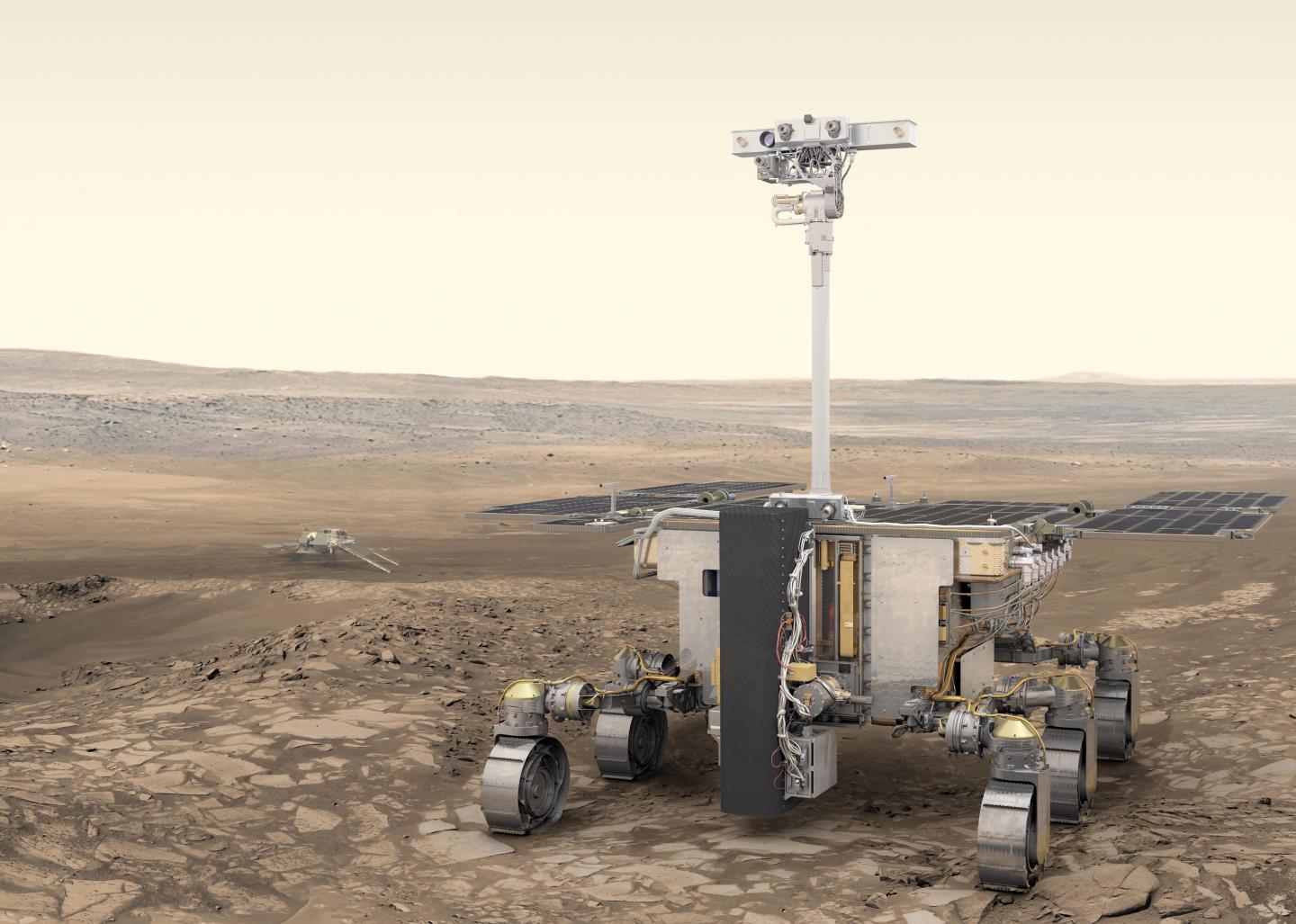
When it arrives on Mars, the ESA’s Rosalind Franklin rover will join a growing fleet of robotic rovers, landers, and orbiters dedicated to searching for life on Mars. As part of the Exomars program, this mission was a collaborative effort between the ESA and the Russian State Space Corporation (Roscosmos). Whereas the ESA would provide the rover, Roscosmos was to provide the launch services and the Kazachok lander that would deliver Rosalind Franklin to the surface.
After many years of development, testing, and some delays, the Rosalind Franklin rover passed its System Qualification and Flight Acceptance Review in March. The Review Board confirmed that the rover was ready to be shipped to the launch site at Baikonur Cosmodrome and would make the launch window opening on September 20th, 2022. Unfortunately, due to the suspension of cooperation with Roscosmos, the ESA’s rover finds itself stranded on Earth for the time being.
Continue reading “The ExoMars Rover is Ready, now it Just Needs a new Ride to Mars”Starship Could be Ready for an Orbital Flight in May
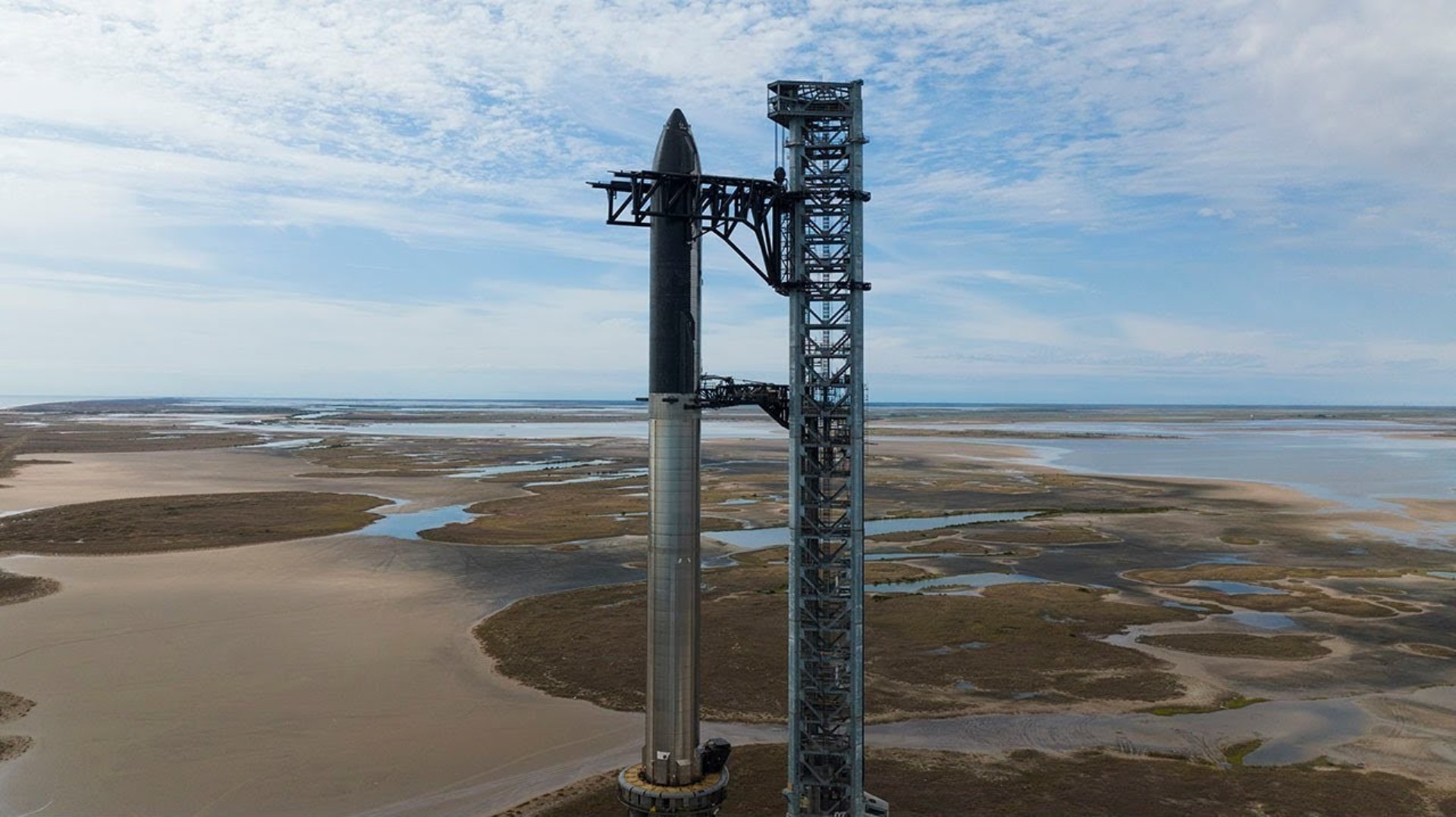
SpaceX has enjoyed a lot of wins in the past few years. In addition to successfully glide-testing and landing multiple Starship prototypes, they’ve rolled out its first Super Heavy boosters, test-fired the new Raptor Vacuum engines, and assembled the “Mechazilla” launch tower at Boca Chica, Texas. They also unveiled the first fully-furbished orbital test vehicle (SN20) that was stacked with a first stage booster for the first time on its launch pad.
Given the prodigious rate of progress, few were surprised when Musk announced that the first orbital flight test could take place as soon as January 2022. Unfortunately, this date had to be pushed back to an environmental assessment and the usual bureaucratic rigmarole. However, Musk recently announced on Twitter that in light of his company’s success with the new Raptor engines, they could be ready to conduct the long-awaited orbital test flight this May.
Continue reading “Starship Could be Ready for an Orbital Flight in May”
